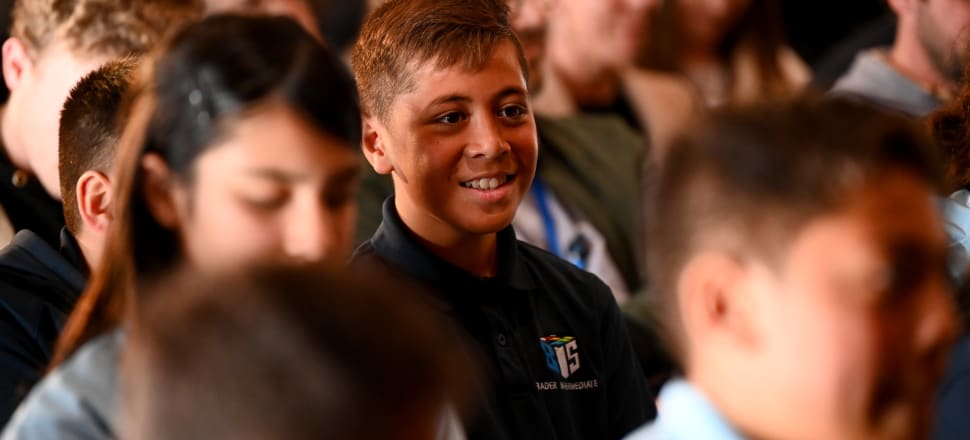
The new history curriculum will bring clarity to what will be taught and also encourage students to think critically about the past
Opinion: From next year, all New Zealand school students will study the newly launched Aotearoa New Zealand Histories Curriculum (ANZH). This curriculum marks a significant reorientation in teaching and learning history in this country as it lays out named events and aspects of history that are now required to be taught.
Previously, New Zealand’s curriculum had some of the lowest levels of prescription in the world. This meant in social sciences, for example, students focused on broad concepts but the topics they studied would be left up to the teacher to identify.
So they might end up learning about the history of perfume but not necessarily the history of their own country.
READ MORE: * Te Tiriti history can’t be ‘left to chance’ * Teaching Aotearoa’s history
The new history curriculum changes this. It provides a cohesive, structured framework, with clear requirements for students to learn about important national stories that are ‘too important to be left to chance’, as well as histories in their local area.
For example, students in Years 4-6 (ages 8 to 10) will now learn about the migration stories of different groups in Aotearoa New Zealand. In Years 7-8 (ages 11 to 12), they will study economic trade networks of iwi and hapū.
Yet while there’s now greater clarity about what to teach, a key question remains: how should this be taught?
History is not just about stories. It is also about learning how to think critically about the past. This includes how we differentiate between versions of the past that are reasoned, balanced, and informed by a wide range of reliable evidence, and those that are not.
Without the capacity to think critically about the past, young people are not equipped to evaluate particular interpretations. Their only response is a passive acceptance of a particular interpretation or an uncritical rejection. History education requires much deeper learning to make an informed, evidence-based response.
Evaluating historical interpretations is important in a history curriculum, as there is seldom a broad consensus about the version of the past young people should learn. Moreover, history education is much more than simplistic declarations of goodies versus baddies. As Professor of History Charlotte Macdonald notes:
"It's not about saying one lot are wrong and one lot are right, one lot are guilty and one lot are not. It’s about understanding how these events happened together ... [Through that knowledge] we can then live together, understanding and knowing that, and reckoning with it."
Ngāi Tahu kaumātua Tā Tipene O’Regan echoed Macdonald’s view, noting he had initial concerns the curriculum change could replace “one unsatisfactory narrative with another” about “goodies and baddies and Māori victim, Pākehā oppressor” - a position that fails to understand the interrelationship of Māori and Pākehā is much more nuanced than this.
The new curriculum recognises this by requiring young people to study stories from the past through the lens of critical inquiry. That is, they will use a range of evidence (including mātauranga Māori sources) to explain the past.
This capacity to inquire critically into the past is a key part of the new curriculum and reflects the essence of how the discipline of history developed more than 2000 years ago. The word history comes from the Greek Historia - to inquire - and this focus on inquiry (historical thinking) is what differentiates history from fiction.
The capacity to think critically about the past is an important aspect of helping young people to successfully operate as citizens in a liberal, diverse, representative democracy. Key to this is the ANZH curriculum’s integration within the broader social sciences learning area of the New Zealand curriculum. This aims to "encourage ākonga [students] to observe, to wonder and be curious about people, places, and society, and to take an interest and engage in social issues and ideas".
Learning about the past helps us to better understand the present and be informed and engaged with contemporary issues as citizens. In the classroom, this is characterised by young people being aware of different perspectives about the past and being confident to ask difficult questions as well as consider viewpoints that are unpopular or that they may be uncomfortable with.
A critical history education also includes an ability to justify and defend with evidence interpretations of past events. Learning to think historically potentially goes some way to avoiding polarised and binary ways of thinking about the past (and the present) and encourages young people to be comfortable with complexity.







